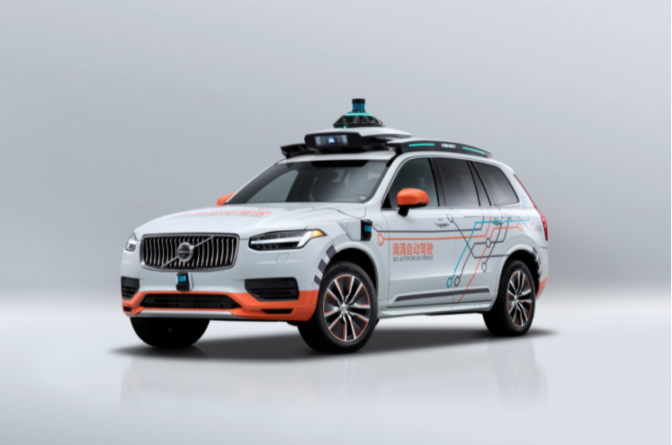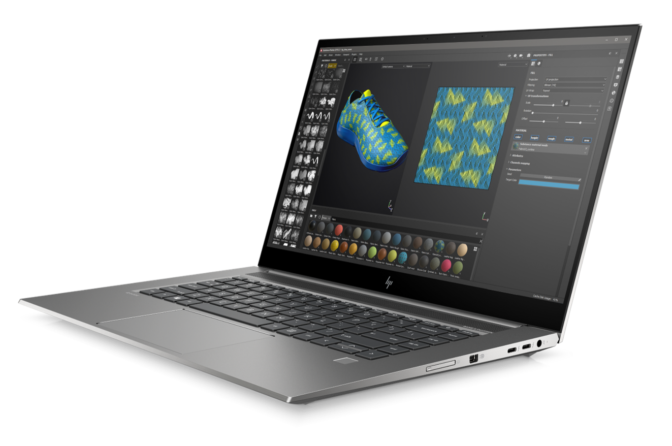Legendary car manufacturer Aston Martin is using the latest virtual and mixed reality technologies to drive new experiences for customers and designers.
The company has worked with Lenovo to use VR and AR to deliver a unique experience that allowed customers to explore its first luxury SUV, the Aston Martin DBX, without physically being in dealerships or offices.
With the Lenovo ThinkStation P620 powered by NVIDIA RTX A6000 graphics, Aston Martin is able to serve up an immersive experience of the Aston Martin DBX. The stunning demo consists of over 10 million polygons, enabling users to view incredibly detailed, photorealistic visuals in virtual, augmented and mixed reality — collectively known as extended reality, or XR.
“It’s our partnership with Lenovo workstations — and in particular, ThinkStation P620 — which has enabled us to take this to the next level,” said Pete Freedman, vice president and chief marketing officer of Aston Martin Lagonda. “Our aim has always been to provide our customers with a truly immersive experience, one that feels like it brings them to the center of the automotive product, and we’ve only been able to do this with the NVIDIA RTX A6000.”
NVIDIA RTX Brings the XR Factor
Customers would typically visit Aston Martin dealerships, attend motor shows or tour their facilities in the U.K. to explore the latest car models. A team would walk them through the design and features in person.
But after everyone started working remotely, Aston Martin decided to take a fresh look at what’s truly possible and investigate options to take the experience directly to customers — virtually.
With the help of teams from Lenovo and Varjo, an XR headset maker, the automaker developed the demo that provides an immersive look at the new Aston Martin DBX using VR and XR.
The experience, which is rendered from the NVIDIA RTX-powered ThinkStation P620, allows virtual participants to enter the environment and see a pixel-perfect representation of the Aston Martin DBX. Customers with XR headsets can explore the virtual vehicle from anywhere in the world, and see details such as the stitching and lettering on the steering wheel, leather and chrome accents, and even the reflections within the paint.
The real-time reflections and illumination in the demo were enabled by Varjo’s pass-through mixed reality technology. The Varjo XR-3’s LiDAR with RGB Depth Fusion using NVIDIA’s Optical Flow gives users the perception that the car is in the room, seamlessly blending the real world and virtual car together.
With the NVIDIA RTX A6000, the immersive demo runs smoothly and efficiently, providing users with high-quality graphics and stunning detail.
“As you dial up the detail, you need high-end GPUs. You need large GPU frame buffers to build the most photorealistic experiences, and that’s exactly what the NVIDIA RTX A6000 delivers,” said Mike Leach, worldwide solution portfolio lead at Lenovo.
The NVIDIA RTX A6000 is based on the NVIDIA Ampere GPU architecture and delivers a 48GB frame buffer. This allows teams to create high-fidelity VR and AR experiences with consistent framerates.
Aston Martin will expand its use of VR and XR to enhance internal workflows, as well. With this new experience, the design teams can work in virtual environments and iterate more quickly earlier in the process, instead of creating costly models.
Watch Lenovo’s GTC session to hear more about Aston Martin’s story.
Learn more about NVIDIA RTX and how our latest technology is powering the most immersive environments across industries.
The post Get Outta My Streams, Get Into My Car: Aston Martin Designs Immersive Extended Reality Experience for Customers appeared first on The Official NVIDIA Blog.












